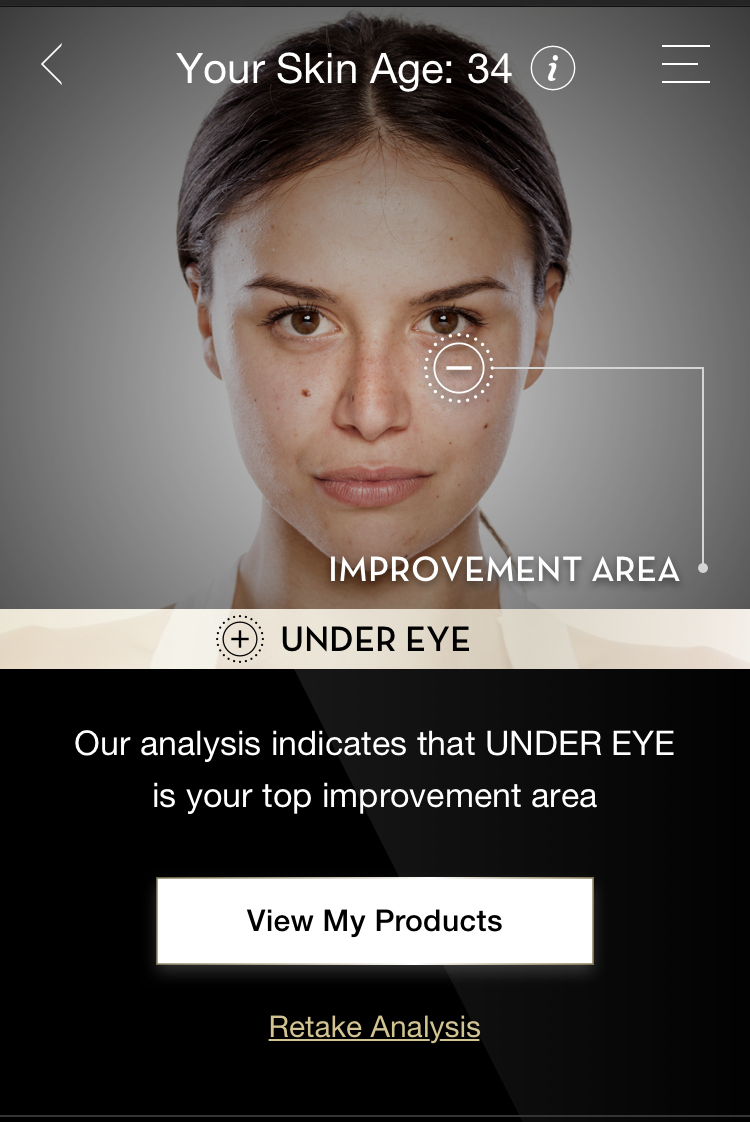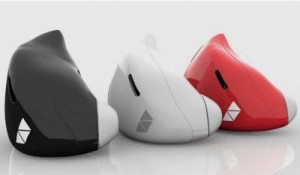Bitcoin has been around for some time now but few has grasped the real value behind the currency, or technology if I may. First off, let’s go through what bitcoin actually is.
Bitcoin is a completely new type of currency. The purpose is the same as with any other money – to use as payment or to store value – but otherwise there is a lot of differences.
Bitcoin has no central issuer, such as the US dollar, or basically any other currency. Instead, created Bitcoins in predetermined rate in a P2P network where anyone can join and where all transactions are journaled. The available amount of Bitcoins increases rapidly at first but the growth rate is reduced and the total amount of stops to finish at around 21 million.
Transactions can be made directly between users without any third-party intervention. Usually if you want to transfer money from your bank account to a friend, you must take the help of the bank and the bank will know exactly which transactions you do. In contrast to regular money, transferring Bitcoins can be done anonymously and directly between individuals, as the transaction is overviewed by the system itself.
Despite the similarities with cash is not possible to counterfeit Bitcoins in the same way that you can create a copy of a note. Bitcoin is based on encryption technology and uses asymmetric encryption to sign transactions. Without access to the private keys that correspond to your assets is no way to steal your money, and again this is verified through the network.
Bitcoin is ideal for fast transfers of money between individuals or companies worldwide. Transaction costs are very low thanks to the P2P network to confirm transactions, and transfer fast and easy. In one hour, a transaction confirmation and ready, compared to several days for international bank transfers.
Here are a short video about Bitcoins.
However as I see it the real value is not the bitcoin itself but the block-chain technology. The area that I think can benefit most is the financial sector. Few knows how complicated everything actually is when for example buying and selling stocks.
The delivery of the stocks that you have been buying is usually 3-4 days after the actual purchases, and many times the person has already sold them before even getting them. This comes with massive amount of administrative work, that’s one of the reasons all the big banks have so many employees – for the back office.
Some financial products are somewhat easier, since they are not always a deal between two private parties, the picture below gives a glance at how complex the system is
Whit the block-chain technology this could be simplified, instead of having the real delivery of the stocks the holdings could just be verified by the network itself.
19th December of 2016 Reuters reported that Goldman Sachs and JP Morgan had started to invest in block-chain startups, which is a indicator that something is happening in the industry.
Although, just like most new things – it takes time. For the system to be fully working all parties has to be involved and that will demand huge investments from all financial firms, and most of them are not willing to do that right now.








